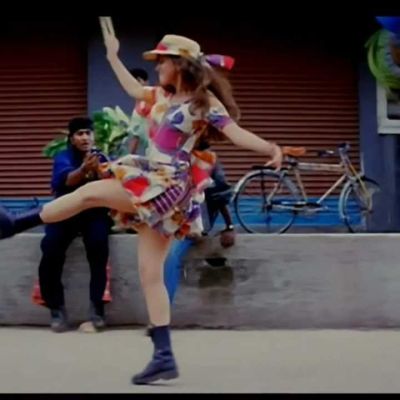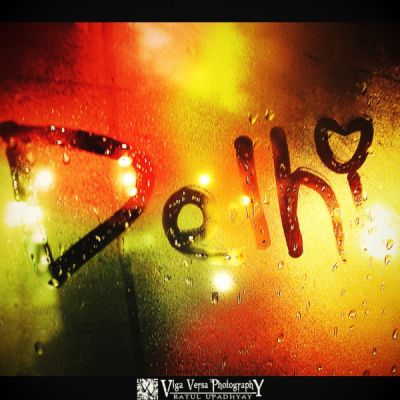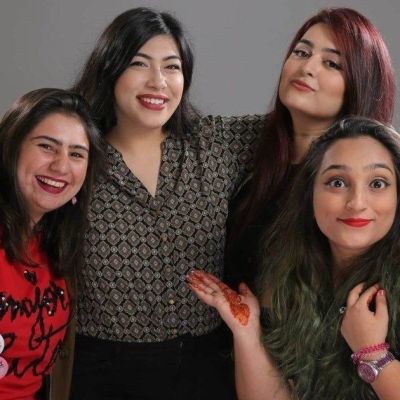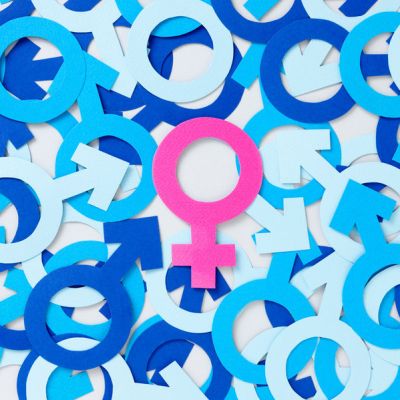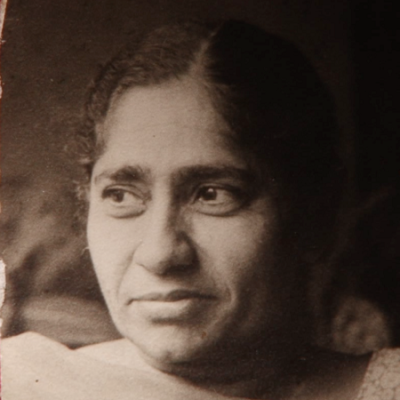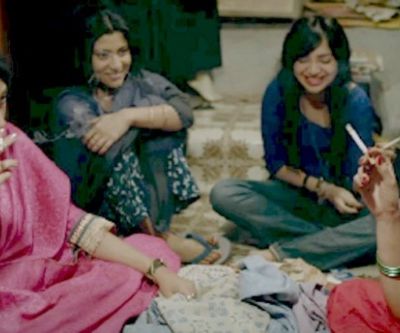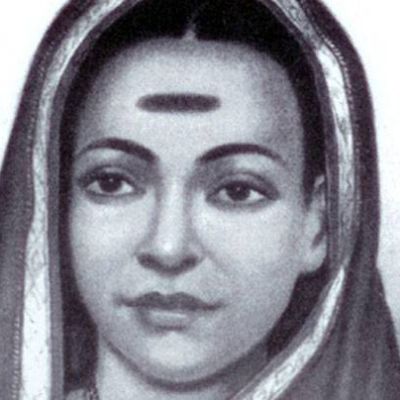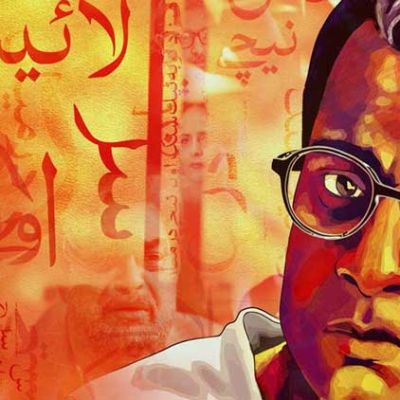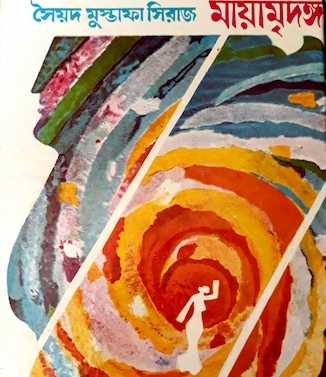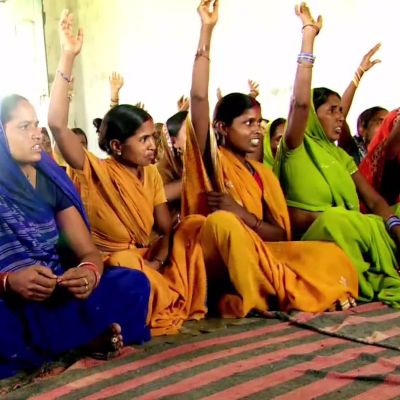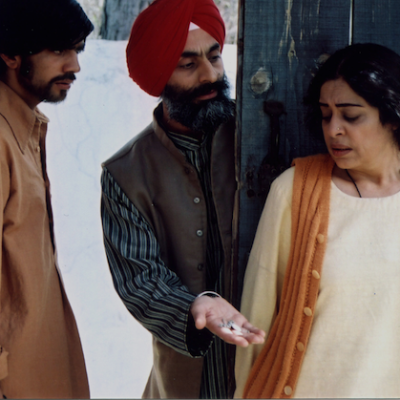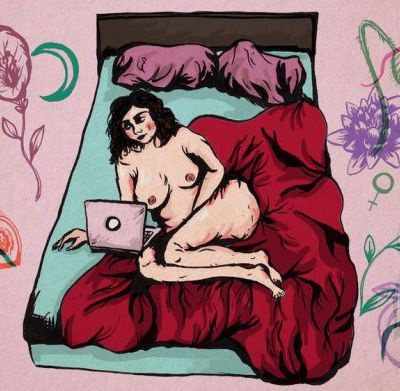Women
इस तरह से नाचना न केवल सार्वजनिक स्थानों पर अपनी मौजूदगी दर्ज करने का तरीका हो सकता है बल्कि यह अपने निजी शरीर में आनंद पाने का उपाए भी है – एक ऐसा आनंद जिसे आजतक केवल काम करते रहने में ही आनंदित होने तक सिमित कर दिया गया था।
यहाँ लड़कियों के लिए सेक्स करना सामजिक रूप से बहिष्कृत हो जाने जैसा अनैतिक काम है या कहिये कि यह गैर-कानूनी ही है, हालांकि कानूनन इसे गैर-कानूनी घोषित नहीं किया गया है।
The short film Leading Lady Parts offers incisive commentary on how femininity and female sexuality are represented in popular culture.
“I realised plus-size acceptance is neither a movement to eat whatever you want nor is it about placing restrictions,” Amina said. “It’s about being kind to your body and realising you are not defined by the size of your waist.”
This article was originally published in the NPR. January 8, 2018; TANIA LOMBROZO Two recent books, one a manifesto by British…
गुमशुदा घरों से जुडी कहानियाँ आज दुनिया के कोने-कोने में मिलती हैं, लेकिन फिर भी देखा गया है कि लोग…
It has troubled me for a long time now that there are hardly any Bollywood block busters that focus on…
“Order me one too,” a friend said as I secretly purchased a vibrator online during a class so boring, I…
Where we are now: In August this year the Supreme Court of India declared that privacy at its core includes…
By Sanchari Pal about a year ago A hard hitting film that underlines a woman’s freedom to her body and sexuality, the recently…
All these stories are examples of courage and hold great significance in the development of the Urdu story and for bringing to our notice the misery of the average Indian woman. A new era of Urdu stories has taken birth that not only acknowledges the issues of women inside and outside of house, but also openly deals with ‘immodest’ and ‘indecent’ themes such as sexuality.
Māyā Mridanga infinitely problematises the nature vs. nurture debate that is central to sexuality studies. The novel seems to suggest that a certain kind of male body – feminine, smooth, shapely – is the ideal raw material for making a chhokra out of a biological man. Ustaad Jhaksa, whose life the novel documents[2], repeatedly emphasises on this act of nurturing, moulding and pruning of a feminine male body for which he has fatherly affection as well as a lover’s lust.
Neha is a proud, beaming 16-year-old. Standing on the lawns outside Delhi’s India Gate, she speaks to the camera about…
Who fights, who flees and who flows with the tide? Branching off from the community, with all the comforts that it offers, can become a true test of character.This year marks the 70th anniversary of the Partition of India – a significant chapter in our history when millions of people were faced with this dilemma.
By: Amla Pisharody In August 2016, APC along with some activists and feminists which also included Feminism in India revised and…

